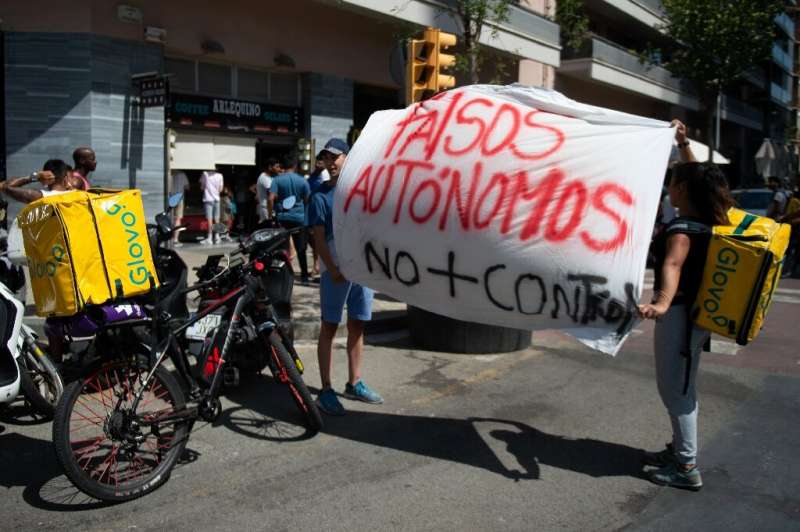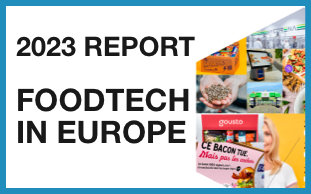Do you remember the story of Deliveroo’s not-so-successful IPO (our insight on the topic here)? Back in April, investors backed off what was rumoured to be the IPO of the year. Many reasons were advanced, but most were about both the ability to turn a profit and how the company managed its driver.
Fast forward, the clouds on the horizon are getting bigger, and not only for Deliveroo but for the whole gig-economy (company using independent workers instead of full-time employees), from Glovo to Uber:
- Earlier in August, the Spanish legislation requiring delivery companies to turn freelancers into employees came into force. Let’s just say it doesn’t seem to work as planned, and we may be on the eve of a contest of will between the lawmakers and the apps. In the meantime, Glovo’s workers in Barcelona have started a strike to ask for better pay.
- The attempt of the gig-economy companies to repeal a Californian law asking for the employment status of all the riders and drivers has been judged unconstitutional.
- Last week, New York City council voted a 15% cap on the commissions taken by delivery apps. The legislation is even more precise on the commission distribution with a cap at 15% for the delivery services themselves, 5% for marketing and 3% for transactionfees. Caps are becoming more and more frequent across the United States. Companies are now changing their business models to be less reliant on commissions and more on services sold to restaurants.

Here in Europe (and notably in France), we are almost proud of our ability to regulate, create norms… Hence, we could have expected these regulations to come from our shores (indeed, why bother about these companies that were born on foreign soil?) However, this great regulatory move comes directly from the countries and event the cities that have given birth to these now huge companies.
DigitalFoodLab: Is this a serious threat to the delivery industry? It really depends on how fast these local attempts could become global standards. To be profitable, a restaurant delivery service has to face three challenges (beyond its internal costs): density of orders, sharing its revenue with the restaurant owner and paying the driver. While the pandemic has helped with the first point, the two others are still here. Is there an answer? In the short term, it seems there is not. But in the long term, cloud kitchens (with more and more robotic operations inside and more marketing support from the platforms themselves) and semi-autonomous deliveries (with a part of the whole delivery made by robots and drones) may be the solution that all the companies will rush to.
In a word, you can expect (a lot) of “delivery startup x” acquires/invests/bets on “startup y doing delivery/cooking robots or drones” in the coming months







